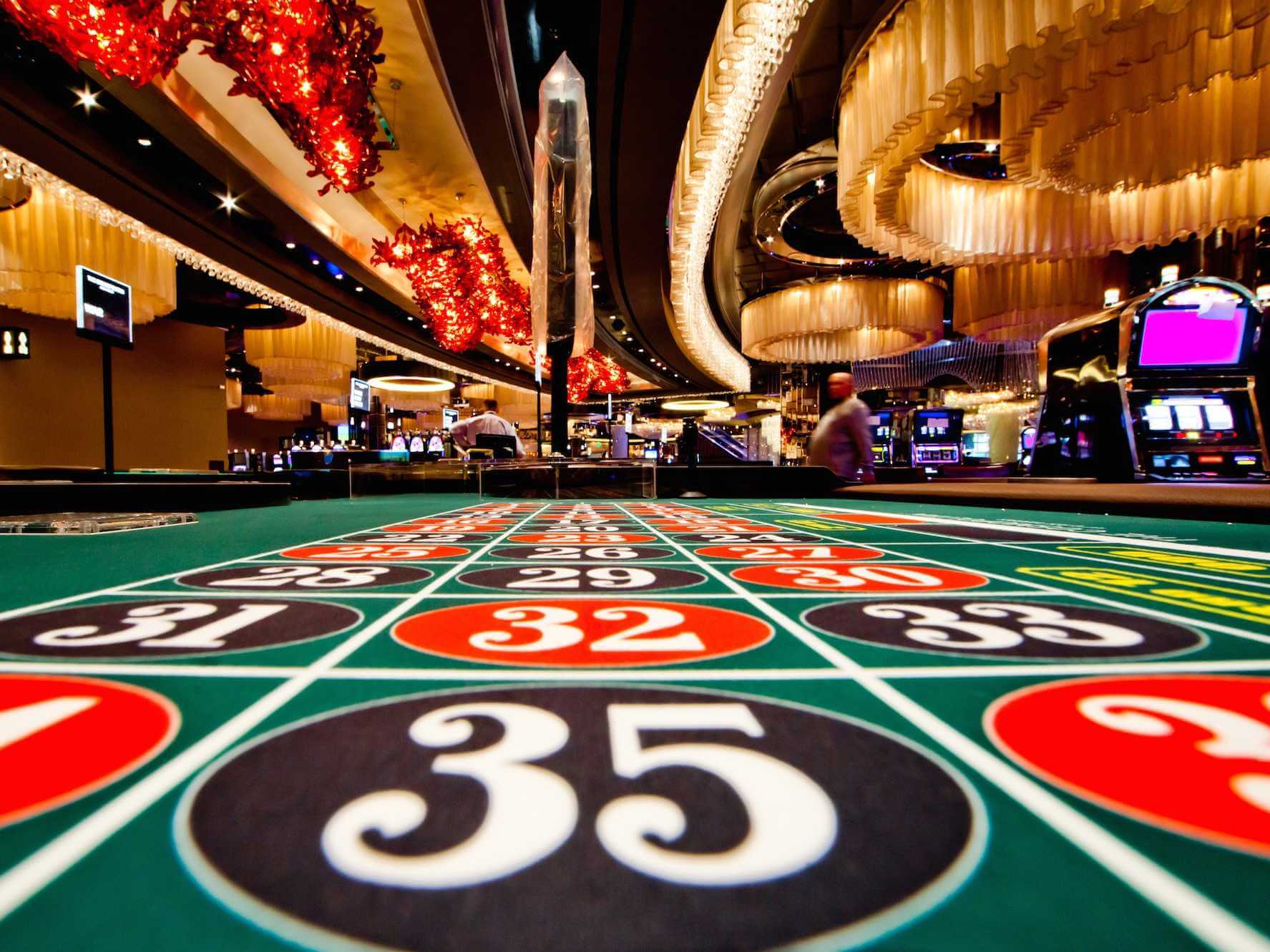The Social Impact of Gambling Machines Across the World
Worldwide, the allure of slot machines has captivated millions, crossing cultural boundaries and appealing to a wide array of players. From the lively casinos of Las Vegas to the vibrant gaming halls of Macau, these magical machines have become symbols of excitement and suspense. The whirling reels and colorful graphics draw players into deeply engaging experiences, creating a singular blend of luck and entertainment that resonates with people from various backgrounds.
As these games progress, their effects extends beyond mere gambling; they shape mainstream culture, spark art, and alter how people connect. Whether it's through films depicting of the casino lifestyle or the rise of internet-based slots that bring the casino experience to the ease of home, the importance of slot machines continues to increase. Exploring this situation reveals not just the mechanics of play, but also the deeper connections they establish within communities and their role in the overall landscape of leisure activities around the globe.
Account of Casino Slot Machines
The origins of casino slot machines can be tracked to the final nineteenth century with the creation of the first conventional slot machine. In the year 1887, Charles Fey, a engineer from SF, created the first slot machine, which was equipped with three spinning reels and a straightforward design with icons such as horseshoe symbols and playing cards. trang cá độ bóng đá This machine offered gamblers a opportunity to win cash, laying the foundation for what would become a global gaming sensation.
As the fame of casino slots grew, various advancements emerged throughout the early 20th century. By the early 1900s, numerous manufacturers began producing their designs, enhancing the games with additional features and more complex functions. These early machines became a mainstay in bars, taverns, and eventually started to make their way into casinos. By the 1960s, the mechanical slot machine was more refined with the introduction of electronic elements, leading to more varied gameplay and increased player involvement.
The decade of the 1980s marked a crucial turning point when video visual technology was added into casino slots. This innovation allowed for more elaborate graphics, sound effects, and themes, attracting a wider audience. The fusion of impressive visuals and engaging gameplay changed gambling machines into a major highlight in casinos around the globe. As a result, slots developed from basic machines into elaborate entertainment units, reflecting shifting cultural tastes and tech advancements.
Cultural Diversity in Slot Games
Gaming slot games have developed to showcase various cultures and customs belonging to different locales in which they are utilized. As an example, in Japan, for example, pachinko machines merge elements of pinball with classic slot machines, producing a one-of-a-kind playing experience deeply thoroughly entrenched within Japanese entertainment scene. Such machines typically incorporate popular anime icons as well as motifs, demonstrating the gaming in mass culture within Japanese culture.
In contrast, in the United States, gambling slots tend to be designed around famous cinematic works, famous people, and iconic icons of American tradition. Such a trend demonstrates a tendency toward honor while also monetize mass culture, rendering the gambling experience relatable to participants. The eye-catching designs as well as audio are designed so as to evoke enthusiasm while also draw gamers into slot atmosphere, illustrating American innovation for entertainment and tech.
European regions likewise maintain distinct specific strategies toward slot games. In Britain, such as, old-school fruit games located inside public houses as well as arcades represent regional likes toward classic game designs. Such models typically highlight straightforward layouts as well as easy play, which speak strongly with gamers who appreciate a fond gaming experience. Such geographical difference emphasizes the manner in which societal influences affect the progression and appeal in gambling slot games in different regions of the world.

The Future of Casino Slots
As technology continues to evolve, the future of casino slots appears promising and dynamic. Innovations in gaming technology, such as VR and augmented reality, are likely to revolutionize how players interact with slots. Picture stepping into a virtual casino where players can engage with their surroundings more immersively, making the act of playing slots more thrilling and enthralling than before. This transition could also attract a new audience, fostering a fresh wave of casino gaming.
Moreover, the incorporation of artificial intelligence and large-scale data analytics will enhance personalization in casino slots. Players can look forward to games customized to their individual tastes, as AI analyzes their patterns and habits. This tailoring not only makes the gaming experience more fun but also encourages player retention, as casinos work hard to meet individual player preferences. Future slot games will likely feature more engaging narratives and rich content, expanding the limits of traditional gaming.
Finally, the rise of mobile gaming will continue to shape the landscape of casino slots around the world. As more players turn to smartphones and tablets for entertainment, casino operators will concentrate efforts on optimizing their games for mobile devices. This ease of access allows for more easy play, with players able to play their preferred slots whenever and anywhere. As the global gaming market grows, the evolution of casino slots will play a vital role in drawing new players and maintaining the thrill of existing fans.
